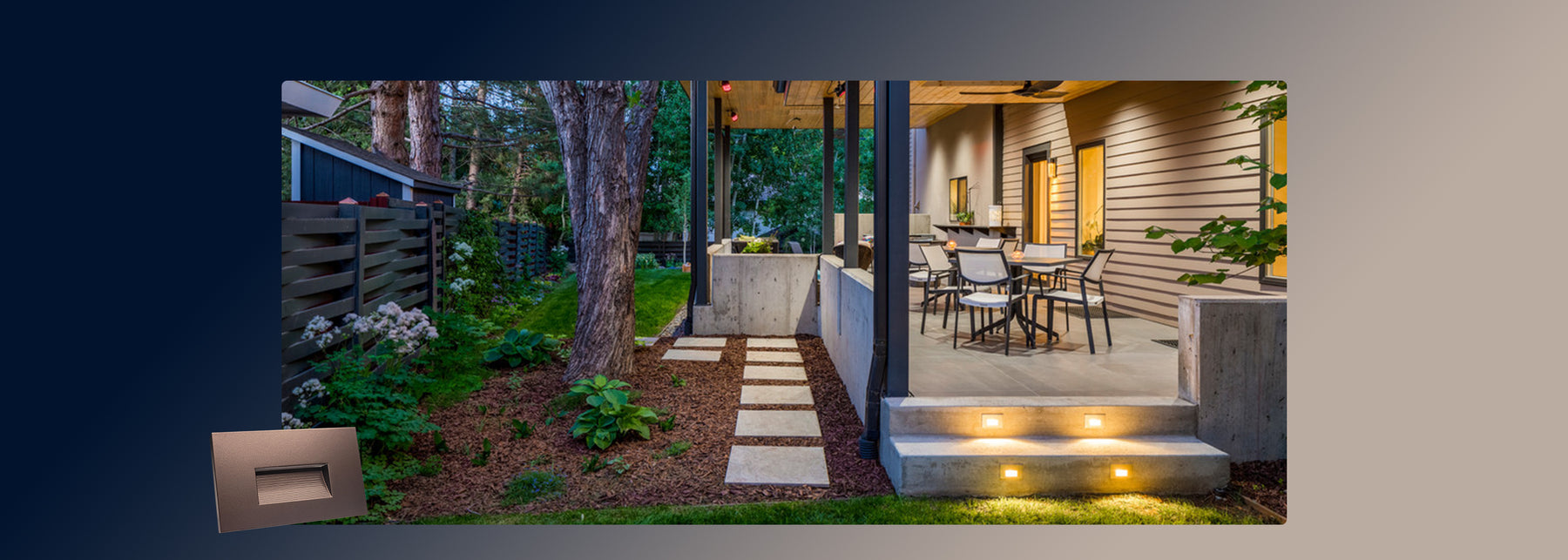Illuminating the Way: Enhancing Safety and Aesthetics with Stair Lights
Stair lights have become an essential element in modern architecture, providing both safety and aesthetic benefits. By illuminating the way, these lights enhance the overall experience of navigating staircases, whether indoors or outdoors. In this article, we will explore the various aspects of stair lights, from their importance in enhancing safety to their role in creating visually appealing spaces.

The Importance of Safety
Illuminating the way with stair lights is crucial for ensuring the safety of individuals using staircases. Poorly lit stairs can be hazardous, leading to accidents and injuries. By installing stair lights, the risk of tripping or falling is significantly reduced, especially in low-light conditions or during nighttime. These lights serve as a visual guide, allowing users to navigate the stairs with confidence and ease.
Furthermore, stair lights can also help prevent accidents by highlighting potential obstacles or uneven steps. For example, if there is a protruding edge or a change in elevation, the lights can draw attention to these features, enabling users to adjust their steps accordingly. This is particularly beneficial for individuals with visual impairments or those who may have difficulty perceiving depth.
Enhancing Aesthetics
While safety is undoubtedly the primary concern when it comes to stair lights, they also play a significant role in enhancing the aesthetics of a space. These lights can be used creatively to add a touch of elegance and sophistication to staircases, transforming them into visually stunning architectural features.
One popular approach is to use LED strip lights, which can be installed along the edges of each step. This creates a beautiful, floating effect, as if the steps are glowing from within. The soft, diffused light emitted by these lights adds a warm and inviting ambiance to the surroundings, making the staircase a focal point of the area.
Another way to enhance aesthetics is by using color-changing stair lights. These lights allow for customization and can be programmed to create various lighting effects. For example, in a commercial setting, such as a nightclub or a theater, the lights can be synchronized with music or other visual elements to create a dynamic and immersive experience for visitors.
Installation and Design Considerations
When installing stair lights, it is essential to consider both functionality and design. The lights should be strategically placed to ensure optimal illumination of the steps and surrounding areas. Additionally, the type of light fixtures used should complement the overall design aesthetic of the space.
For outdoor staircases, it is crucial to choose lights that are weather-resistant and durable. These lights should be able to withstand various environmental conditions, such as rain, snow, and extreme temperatures. Additionally, they should be energy-efficient to minimize electricity consumption and reduce maintenance costs.
Indoor staircases offer more flexibility in terms of design options. From recessed lights to wall-mounted fixtures, there are numerous choices available to suit different architectural styles and personal preferences. It is important to strike a balance between functionality and aesthetics, ensuring that the lights not only serve their purpose but also enhance the overall visual appeal of the space.
Conclusion
Illuminating the way with stair lights is a practical and visually pleasing solution for enhancing safety and aesthetics. These lights provide a sense of security and guidance, allowing individuals to navigate staircases with ease. Additionally, they contribute to the overall ambiance of a space, creating a visually stunning and inviting environment.
By investing in high-quality stair lights and considering their installation and design aspects, architects, designers, and homeowners can create spaces that are both safe and visually appealing. Whether it's a residential staircase or a commercial setting, stair lights have the power to transform ordinary stairs into extraordinary architectural features.
References
Links:
- Education
- Course
- Books
- Drawing
- Question
- Film
- Fitness
- Food
- Games
- Gardening
- Health
- Home
- Literature
- Music
- Networking
- Other
- Programming
- Religion
- Shopping
- Sports
- Curriculm
- Wellness


